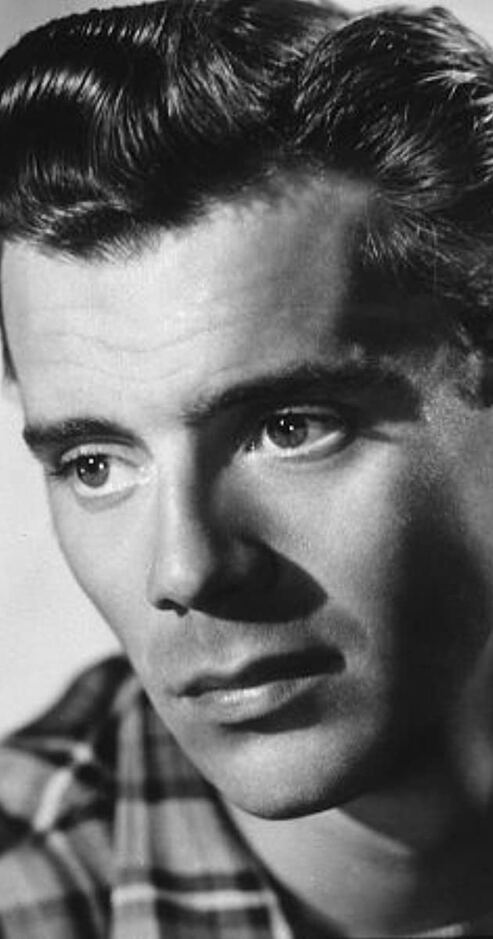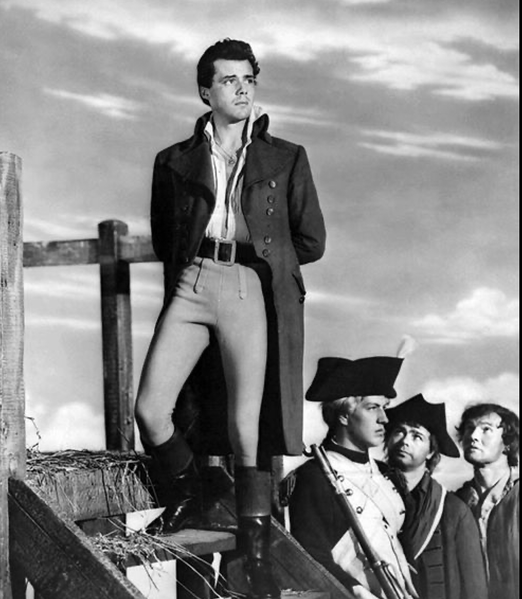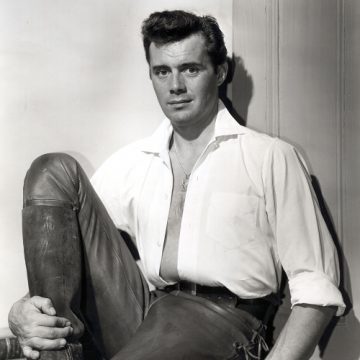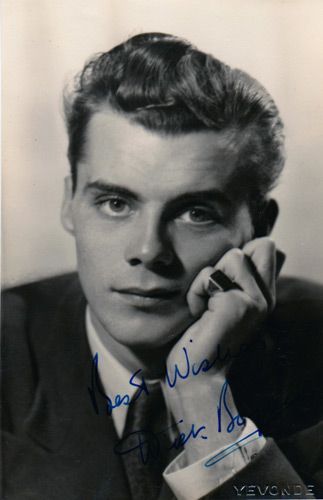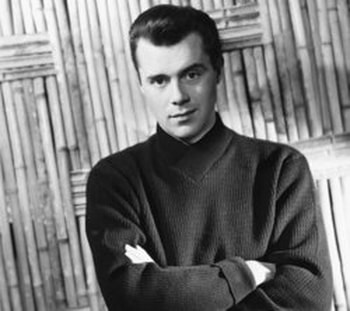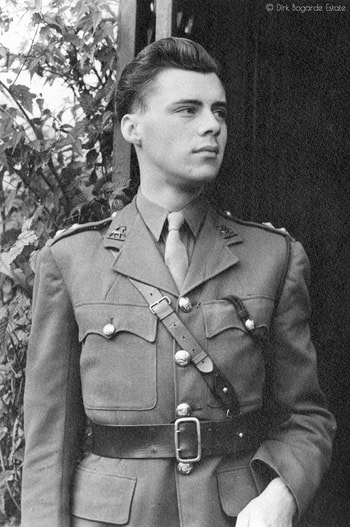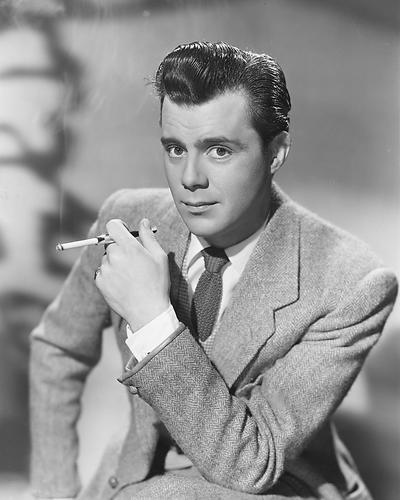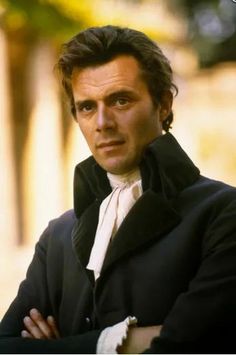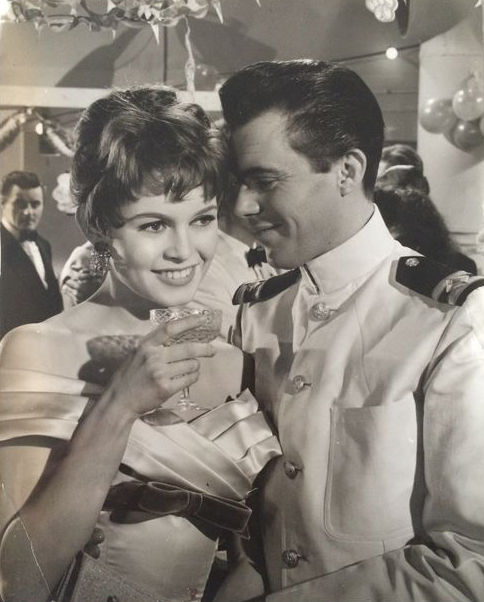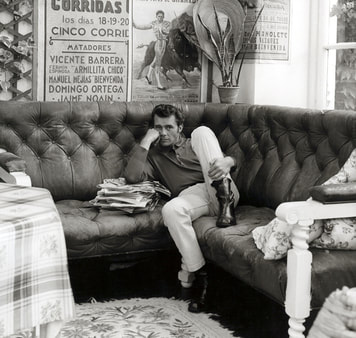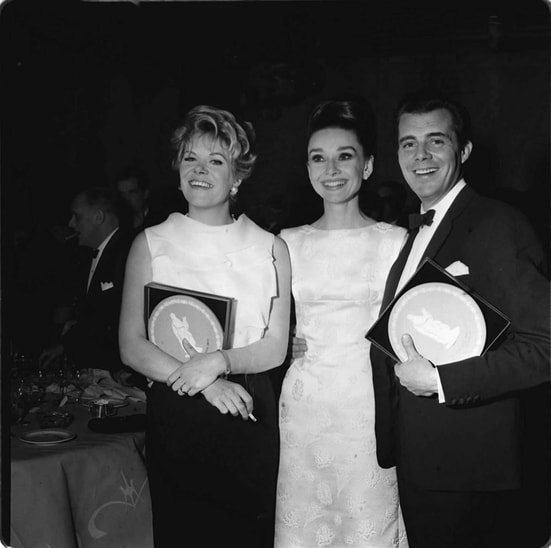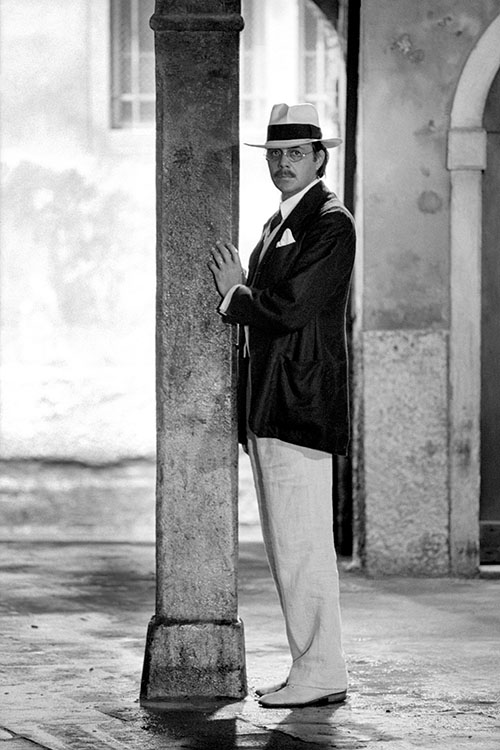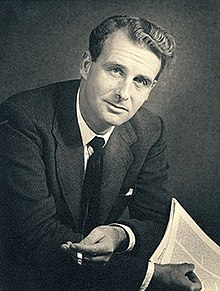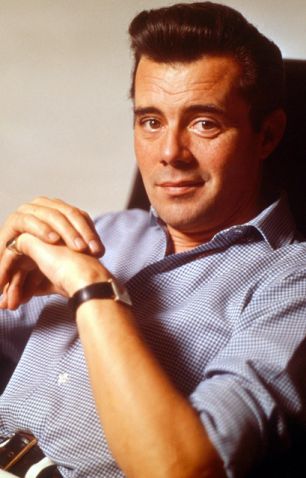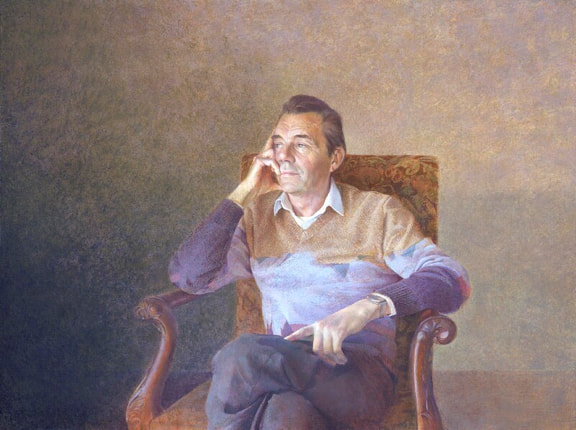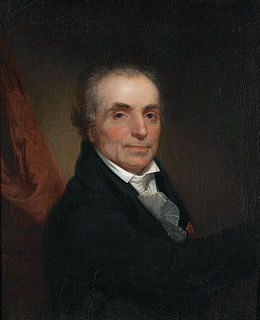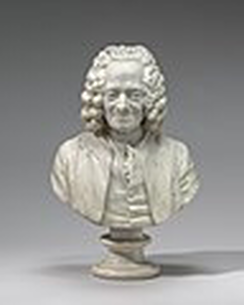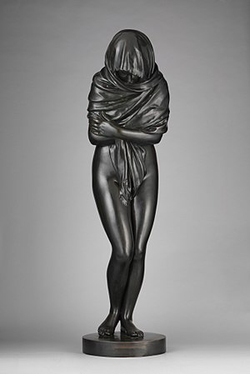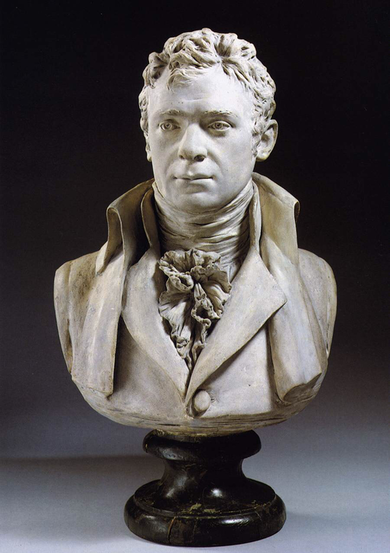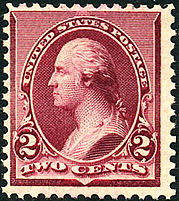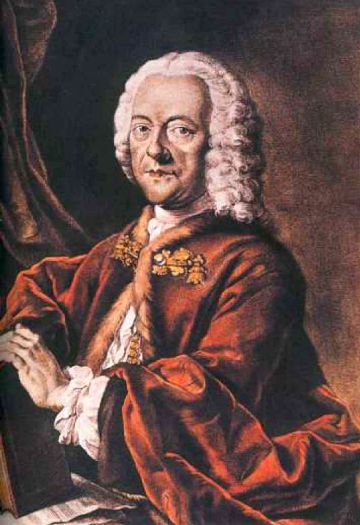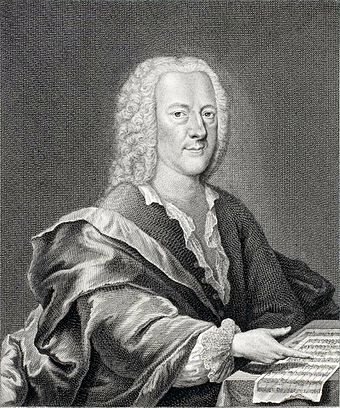|
Name: Dirk Bogarde Birth place: London, England Birth date: 28 march 1921 Nationality: British Languages: English Height: 174cm Weight: Death place: London, England Death date: 8 may 1999 Profile of Dirk BogardeSir Derek Jules Gaspard Ulric Niven van den Bogaerde (28 March 1921 - 8 May 1999), known professionally as Dirk Bogarde, was an English actor and writer. Initially a matinée idol in films such as Doctor in the House (1954) for the Rank Organization, he later acted in art-house films. In a second career, he wrote seven best-selling volumes of memoirs, six novels and a volume of collected journalism, mainly from articles in The Daily Telegraph. Bogarde came to prominence in films including The Blue Lamp in the early 1950s, before starring in the successful Doctor film series (1954–1963). He twice won the BAFTA Award for Best Actor in a Leading Role, for The Servant (1963) and Darling (1965). His other notable film roles included Victim (1961), Accident (1967), The Damned (1969), Death in Venice (1971), The Night Porter (1974), A Bridge Too Far (1977) and Despair (1978). He was appointed a Commander of the Order of Arts and Letters in 1990 and a Knight Bachelor in 1992. I just really like to be on my own.” Biography of Dirk BogardeDirk Bogarde was born to Ulric van den Bogaerde (1892–1972) of Flemish ancestry and Margaret Niven (1898–1980) who was Scottish. His father was Art Editor of The Times from Glasgow, and her mogher was a former actress. Dirk Bogarde had a younger sister, Elizabeth (born 1924) and a brother, Gareth Ulric Van Den Bogaerde(later an advertising film producer) born in July 1933, in Hendon. He attended University College School, and the former Allan Glen's High School of Science in Glasgow, a time he described in his autobiography as an unhappy one. From 1937 to 1938 he studied at the Chelsea School of Art. He began his acting career on stage in 1939, shortly before the start of the Second World War, with his first on-screen appearance being as an uncredited extra in the George Formby comedy, Come On George! (1939). During the war, Derek "Pip" Bogaerde served in the British Army, initially with the Royal Corps of Signals before being commissioned at the age of 22 into the Queen's Royal Regiment (West Surrey) as a second lieutenant in 1943. He served in both the European and Pacific theatres, principally as an intelligence officer. In 1939, he debuted in London West End theatre, with the stage name "Derek Bogaerde", in J. B. Priestley's play Cornelius. the war, Bogarde's agent renamed him "Dirk Bogarde" and he was handsome enough to begin a career as a film actor. He was contracted to the Rank Organisation under the wing of the prolific independent film producer Betty Box, who produced most of his early films and was instrumental in creating his matinée idol image during the 1950s. His Rank contract began following his appearance in Esther Waters (1948), his first credited role, replacing Stewart Granger. Bogarde featured as a medical student in Doctor in the House (1954), a film that made him one of the most popular British stars of the 1950s. The production was initiated by Betty Box, who picked up a copy of the book at Crewe during a long rail journey, and saw its possibility as a film. But Box and Ralph Thomas had difficulties convincing Rank executives that people would go to a film about doctors, and that Bogarde, who up to then had played character roles, had sex appeal and could play light comedy. They were allocated a modest budget, and were only allowed to use available Rank contract artists. The film was the first of the Doctor film series based on the books by Richard Gordon. He did his second Doctor film, Doctor at Sea (1955), co-starring Brigitte Bardot in one of her first film roles; then he did Doctor at Large (1957), again with Donald Sinden, another entry in the Doctor film series, with later Bond-girl Shirley Eaton. Some of other memorable movies Bogarde did during the 50s include: The Spanish Gardener (1956), with Michael Hordern; A Tale of Two Cities (1958), a faithful retelling of Charles Dickens' classic; The Wind Cannot Read (1958)where he plays a flight lieutenant in the Far East who falls in love with a beautiful Japanese teacher Yoko Tani; The Doctor's Dilemma (1959), based on a play by George Bernard Shaw and co-starring Leslie Caron and Robert Morley. After leaving the Rank Organisation in the early 1960s, Bogarde abandoned his heart-throb image for more challenging parts. He starred in the film Victim (1961), playing a London barrister who fights the blackmailers of a young man with whom he has had a deeply emotional relationship. The young man commits suicide after being arrested for embezzlement, rather than ruin his beloved's career. In exposing the ring of extortionists, Bogarde's character risks his reputation and marriage in order to see that justice is done. Victim was the first British film to portray the humiliation gay people were exposed to via discriminatory law, and as a victimized minority. Other roles included decadent valet Hugo Barrett in The Servant (1963), which garnered him a BAFTA Award, directed by Joseph Losey and written by Harold Pinter; The Mind Benders (1963), a film ahead of its times in which Bogarde plays an Oxford professor conducting sensory deprivation experiments at Oxford University (precursor to Altered States (1980)); as German industrialist Frederick Bruckmann in Luchino Visconti's La Caduta degli dei, The Damned (1969) co-starring Ingrid Thulin; as ex-Nazi, Max Aldorfer, in the chilling and controversial Il Portiere di notte (a.k.a. The Night Porter) (1974), co-starring Charlotte Rampling, directed by Liliana Cavani; and most notably, as Gustav von Aschenbach in Morte a Venezia, Death in Venice (1971), also directed by Visconti;and as Daddy in Bertrand Tavernier's Daddy Nostalgie, (a.k.a.These Foolish Things) (1991), co-starring Jane Birkin as his daughter, Bogarde's final film role. For many years Bogarde shared his homes, first in Amersham, Buckinghamshire, and then in France, with Anthony Forwood. Forwood, who had been married to actress Glynis Johns during the 1940s, was the father of the actor Gareth Forwood, their only child. Between 1939 and 1991 Bogarde made a total of 63 films. Bogarde was nominated five times as Best Actor by BAFTA, winning twice, for The Servant in 1963, and for Darling in 1965. In 1983, he received a Special Award for service to the Cinema at the Cannes Festival. In 1984, Bogarde served as president of the jury at the Cannes Film Festival. He was the first British person to serve in this capacity. On 4 July 1985 he was awarded an honorary Doctorate of Literature by St Andrews University in Scotland. In 1987 he was Awarded the British Film Institute Fellowship. In 1988, Bogarde was honoured with the first BAFTA Tribute Award for an outstanding contribution to cinema. In 1990 he was awarded the Commandeur de l'Ordre des Arts et des Lettres by the French government. In 1991 he received the London Film Critics Circle Lifetime Award. In 1992 Bogarde was created a Knight Bachelor in the United Kingdom, and in 1993 was awarded an honorary Doctorate of Letters by the University of Sussex in England. Bogarde had a minor stroke in November 1987, while Forwood was dying of liver cancer and Parkinson's disease. In September 1996, he underwent angioplasty to unblock arteries leading to his heart and had a massive stroke following the operation. He was paralysed on one side of his body, which affected his speech. After the stroke he used a wheelchair. He then completed the final volume of his autobiography, which covered the stroke's effects. He died at his home in London from a pulmonary embolism on 8 May 1999, age 78. His ashes were scattered at his former estate in Grasse, Southern France.
0 Comments
ProfileJean-Antoine Houdon (25 March 1741 – 15 July 1828) was a French neoclassical sculptor. Houdon is famous for his portrait busts and statues of philosophers, inventors and political figures of the Enlightenment. Houdon's subjects included Denis Diderot (1771), Benjamin Franklin (1778-1809), Jean-Jacques Rousseau (1778), Voltaire (1781), Molière (1781), George Washington (1785–1788), Thomas Jefferson (1789), Louis XVI (1790), Robert Fulton, (1803–04), and Napoléon Bonaparte (1806). BiographyJean-Antoine Houdon was born in Versailles, on 25 March 1741. In 1752, he entered the Académie royale de peinture et de sculpture, where he studied with René-Michel Slodtz, Jean-Baptiste Lemoyne, and Jean-Baptiste Pigalle. From 1761 to 1764, he studied at the École royale des élèves protégés. Houdon won the Prix de Rome in 1761, but was not greatly influenced by ancient and Renaissance art in Rome. His stay in the city is marked by two characteristic and important productions: the superb écorché (1767), an anatomical model which has served as a guide to all artists since his day, and the statue of Saint Bruno in the church of Santa Maria degli Angeli e dei Martiri in Rome. After ten years stay in Italy, Houdon returned to Paris. He submitted Morpheus to the Salon of 1771. He developed his practise of portrait busts. He became a member of the Académie de peinture et de sculpture in 1771, and a professor in 1778. In 1778, he modeled Voltaire, producing a portrait bust with wig for the Comédie-Française; one for the Palace of Versailles, and one for Catherine the Great. In 1778, he joined the masonic lodge Les Neuf Sœurs, where he later met Benjamin Franklin, and John Paul Jones. For Salon of 1781, he submitted a Diana which was refused without drapery. Houdon's portrait sculpture of Washington was the result of a specific invitation by Benjamin Franklin to cross the Atlantic in 1785, specifically to visit Mount Vernon, so that Washington could model for him. Washington sat for wet clay life models and a plaster life mask. These models served for many commissions of Washington, including the standing figure commissioned by the Virginia General Assembly, for the Virginia State Capitol in Richmond. Numerous variations of the Washington bust were produced, portraying him variously as a general in uniform, in the classical manner showing chest musculature, and as Roman Consul Lucius Quinctius Cincinnatus clad in a toga. A cast of the latter is located in the Vermont State House. In the 1780s Houdon produced two semi-nude sculptures, Winter and Bather. On 1 July 1786, Jean-Antoine Houdon married Marie-Ange-Cecile Langlois; they had three daughters: Sabine, Anne-Ange, and Claudine. This Bust of Dorothea Schlözer reflects neoclassical elements in the simple drapery the figure wears, which recalls ancient dress rather than the clothing of the time. Her face also is expressionless and the whole sculpture is simple without any excess ornamentation. Although he never fully embraced it, Houdon was probably one of the French sculptors who best exemplified neoclassicism in his later works. Perceived as bourgeois for his connections to the court of Louis XVI, Houdon fell out of favour during the French Revolution, although he escaped imprisonment. He returned to favor during the French Consulate and Empire period, being taken on as one of the original artistic team for what became the Column of the Grande Armée at Wimille. He was made a Chevalier de la Légion d'honneur, on 17 December 1804. John-Antoine Houdon died in Paris on 15 July 1828,and was interred at the Cimetière du Montparnasse. Houdon's sculptures were used as models for the engravings used on various U.S. postage stamps of the late 19th and early 20th centuries which depict Washington in profile.
Profile of Georg Philipp Telemann Georg Philipp Telemann (24 March 1681 – 25 June 1767) was a German Baroque composer and multi-instrumentalist. Almost completely self-taught in music, he became a composer against his family's wishes. After studying in Magdeburg, Zellerfeld, and Hildesheim, Telemann entered the University of Leipzig to study law, but eventually settled on a career in music. He held important positions in Leipzig, Sorau, Eisenach, and Frankfurt before settling in Hamburg in 1721, where he became musical director of that city's five main churches. Telemann is one of the most prolific composers in history and was considered by his contemporaries to be one of the leading German composers of the time—he was compared favorably both to his friend Johann Sebastian Bach, who made Telemann the godfather and namesake of his son Carl Philipp Emanuel, and to George Frideric Handel, whom Telemann also knew personally. As part of his duties, he wrote a considerable amount of music for educating organists under his direction. This includes 48 chorale preludes and 20 small fugues (modal fugues) to accompany his chorale harmonizations for 500 hymns. His music incorporates French, Italian, and German national styles, and he was at times even influenced by Polish popular music. He remained at the forefront of all new musical tendencies, and his music stands as an important link between the late Baroque and early Classical styles. The Telemann Museum in Hamburg is dedicated to him. Biography of Georg Philipp Telemann Telemann was born in Magdeburg, then the capital of the Duchy of Magdeburg, Brandenburg-Prussia. His father Heinrich, deacon at the Church of the Holy Spirit (Heilige-Geist-Kirche), died when Telemann was four. The future composer received his first music lessons at 10, from a local organist, and became immensely interested in music in general, and composition in particular. Despite opposition from his mother and relatives, who forbade any musical activities, Telemann found it possible to study and compose in secret, even creating an opera at age 12. In 1697, Telemann was sent to the famous Gymnasium Andreanum at Hildesheim, where his musical talent flourished, supported by school authorities, including the rector himself. Telemann was becoming equally adept both at composing and performing, teaching himself flute, oboe, violin, viola da gamba, recorder, double bass, and other instruments. In 1701 he graduated from the Gymnasium and went to Leipzig to become a student at the Leipzig University, where he intended to study law. He ended up becoming a professional musician, regularly composing works for Nikolaikirche and even St. Thomas (Thomaskirche). In 1702 he became director of the municipal opera house Opernhaus auf dem Brühl, and later music director at the Neukirche. Prodigiously productive, Telemann supplied a wealth of new music for Leipzig, including several operas, one of which was his first major opera, Germanicus. Telemann left Leipzig in 1705 at the age of 24, after receiving an invitation to become Kapellmeister for the court of Count Erdmann II of Promnitz at Sorau (now Żary, in Poland). His career there was cut short in early 1706 by the hostilities of the Great Northern War, and after a short period of travels he entered the service of Duke Johann Wilhelm in Eisenach where Johann Sebastian Bach was born. He became Konzertmeister on 24 December 1708 and Secretary and Kapellmeister in August 1709. During his tenure at Eisenach, Telemann wrote a great deal of music: at least four annual cycles of church cantatas, dozens of sonatas and concertos, and other works. In 1709, he married Amalie Louise Juliane Eberlin, lady-in-waiting to the Countess of Promnitz and daughter of the musician Daniel Eberlin. Their daughter was born in January 1711. The mother died soon afterwards, leaving Telemann depressed and distraught. On 18 March 1712 Tellemann moved to Frankfurt at the age of 31 to become city music director and Kapellmeister at the Barfüßerkirche and St. Catherine's Church. In Frankfurt, he fully gained his mature personal style. Here, as in Leipzig, he was a powerful force in the city's musical life, creating music for two major churches, civic ceremonies, and various ensembles and musicians. By 1720 he had adopted the use of the da capo aria, which had been adopted by composers such as Domenico Scarlatti. On 28 August 1714, three years after his first wife had died, Telemann married his second wife, Maria Catharina Textor, daughter of a Frankfurt council clerk. They eventually had nine children together. This was a source of much personal happiness, and helped him produce compositions. Telemann continued to be extraordinarily productive and successful, even augmenting his income by working for Eisenach employers as a Kapellmeister von Haus aus, that is, regularly sending new music while not actually living in Eisenach. Telemann's first published works also appeared during the Frankfurt period. His output increased rapidly, for he fervently composed overture-suites and chamber music, most of which is unappreciated. In the latter half of the Frankfurt period, he composed an innovative work, his Viola Concerto in G major, which is twice the length of his violin concertos. Also, here he composed his first choral masterpiece, his Brockes Passion, in 1716. In 1721 The ambitious composer accepted the invitation to work in Hamburg as Kantor of the Johanneum Lateinschule, and music director of the five largest churches. Soon after arrival, Telemann encountered some opposition from church officials who found his secular music and activities to be too much of a distraction for both Telemann himself and the townsfolk. The next year in 1722, the city of Leipzig was looking for a new Thomaskantor which Telemann applied for and got the post, but Hamburg authorities agreed to give him a suitable raise. That post finnly went to Johann Sebastian Bach. Between 1737 and 1738 Teleman traveled to Paris and stayed there for eight months. He was impressed by the opera Castor et Pollux, written by French composer Jean-Philippe Rameau. From then on, he incorporated the French operatic style into his vocal works. Before then, his influence was primarily Italian and German. Apart from that, Telemann remained in Hamburg for the rest of his life. A vocal masterpiece of this period is his St Luke Passion from 1728, which is a prime example of his fully matured vocal style. His first years in Hamburg were plagued by marital troubles: his wife's infidelity, and her gambling debts, which amounted to a sum larger than Telemann's annual income. The composer was saved from bankruptcy by the efforts of his friends, and by the numerous successful music and poetry publications Telemann made during the years 1725 to 1740. By 1736 husband and wife were no longer living together because of their financial disagreements. In the 1740s, Telemann became less productive although still active and fulfilling the many duties of his job. He took up theoretical studies, as well as hobbies such as gardening and cultivating exotic plants, something of a fad in Hamburg at that time, and a hobby shared by Handel. Most of the music of the 1750s appears to have been parodied from earlier works. Troubled by health problems and failing eyesight in his last years, Telemann was still composing into the 1760s. He died on the evening of 25 June 1767 from what was recorded at the time as a "chest ailment." He was succeeded at his Hamburg post by his godson, Johann Sebastian Bach's second son Carl Philipp Emmanuel Bach. Telemann was one of the most prolific major composers of all time:his all-encompassing oeuvre comprises more than 3,000 compositions, half of which have been lost, and most of which have not been performed since the 18th century. From 1708 to 1750, Telemann composed 1,043 sacred cantatas and 600 overture-suites, and types of concertos for combinations of instruments that no other composer of the time employed. During his lifetime and the latter half of the 18th century, Telemann was very highly regarded by colleagues and critics alike. Major composers such as J. S. Bach and Handel bought and studied his published works. He was immensely popular not only in Germany but also in the rest of Europe. It was only in the early 19th century that his popularity came to a sudden halt. Most lexicographers started dismissing him as a "polygraph" who composed too many works, a Vielschreiber for whom quantity came before quality. It was not until the 20th century that Tellemann's music started being performed again. The revival of interest in Telemann began in the first decades of the 20th century and culminated in the Bärenreiter critical edition of the 1950s. Today each of Telemann's works is usually given a TWV number, which stands for Telemann-Werke-Verzeichnis (Telemann Works Catalogue). Telemann's music was one of the driving forces behind the late Baroque and the early Classical styles. Starting in the 1710s he became one of the creators and foremost exponents of the so-called German mixed style, an amalgam of German, French, Italian and Polish styles. Over the years, his music gradually changed and started incorporating more and more elements of the galant style, but he never completely adopted the ideals of the nascent Classical era: Telemann's style remained contrapuntally and harmonically complex. Equally important for the history of music were Telemann's publishing activities. By pursuing exclusive publication rights for his works, he set one of the most important early precedents for regarding music as the intellectual property of the composer. |
Categories
All
Archives
December 2023
|
